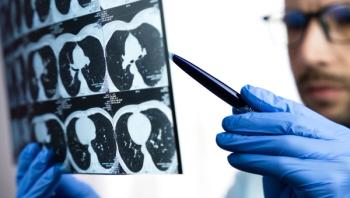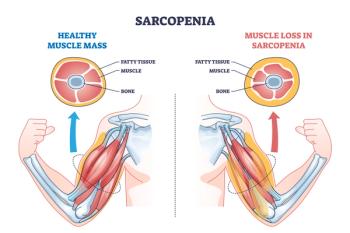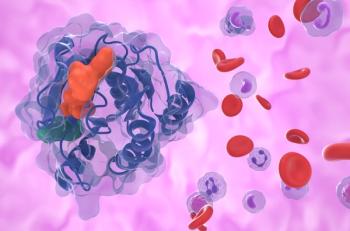
How Bacterial and Viral Infections Affect COPD Inflammation
The composition of the microbiota of the airways of people with chronic obstructive pulmonary disorder explains varying degrees of inflammation, according to a review article published recently in the Annals of Medicine.
While everyone’s respiratory system is populated by several species of bacteria and viruses, the airways of chronic obstructive pulmonary disease (COPD) patients show higher levels of inflammation and infection from bacterial and viral inhabitants.
Bacterial and viral infections play a relevant role in worsening lung function and lead to COPD disease progression, wrote lead author Silvestro Ennio D’Anna with the Division of Pulmonology at the Maugeri Scientific Clinical Institute, IRCCS in Telese, Italy, in a recent review article published in the
The total number of bacteria and the microbiota composition of the airways of people with COPD airways is associated with inflammation, D’Anna and his colleagues observed.
The number of M. catarrhalis, H. influenzae, S. pneumoniae and the airways’ inflammation are strongly correlated. In addition, an increased number of lung Lactobacillus has been seen in previous studies of COPD patients, “and it was suggested that they could act as a target of inflammation or an immune modulator of the inflammatory response,” wrote D’Anna and his colleagues.
Viruses also trigger COPD exacerbation, said the authors pointing to two meta-analyses showing the prevalence of viruses in about 40% of cases. One analysis found a virus occurrence in 43% of COPD exacerbations. The main culprits were rotavirus (RV), influenza A and respiratory syncytial virus (RSV) but the researchers also found metapneumovirus, coronavirus, adenovirus and parainfluenza.
“Some viruses like RV, can cause severe symptoms together with a reduction of lung function, which last for several weeks. This is a consequence of the fact that in the airways of COPD patients, RV can stimulate the production of proinflammatory cytokines…more than in healthy controls,” he wrote.
Macrophages may play an important role in orchestrating the inflammatory process in COPD through the release of pro-inflammatory mediators including proteases, cytokines, chemokines and oxidative stress-related molecules, according to the review. Researchers have found increased levels of macrophages in the bronchial mucosa of mild/moderate and severe/very severe COPD patients compared to controls.
“In COPD, those cells showed reduced phagocytic activity, which may increase the persistence of the inflammatory process and impair the clearance of bacterial and viral pathogens.”
Controlling the combined response of macrophages,
The complex actions involving immune trigger cells, which activate innate and cell-mediated inflammatory responses, interacting with external bacterial/viral and oxidant challenges, could be responsible for the clinical consequences of irreversible airflow limitation, lung remodeling and emphysema that these patients develop, D’Anna wrote.
“Understanding the dynamics of these inflammatory and structural changes related to bacterial/viral colonization in different clinical conditions, under different treatments and in different phenotypes (e.g. prevalent airways disease vs. prevalent emphysema, frequent exacerbators vs. non-frequent exacerbators, treated with steroids, antibiotics or beta2 agonists) of COPD patients will improve our knowledge on the pathologic and molecular mechanisms underlying COPD,” wrote the reviewers.
Newsletter
Get the latest industry news, event updates, and more from Managed healthcare Executive.






















































